On May 1, the South Side Home Movie Project launched its digital archive, a globally accessible online portal to home movies shot by residents of Chicago’s South Side neighborhoods between 1929 and 1982.
University of Chicago film professor Jacqueline Stewart founded the South Side Home Movie Project in 2005 to collect, preserve, digitize, and exhibit home videos from South Side residents. To date, the Project has collected about 200 films. Stewart and her team seek donations of film from South Siders, and offer to digitally migrate old home movies shot on Super 8, 8-millimeter, and 16 millimeter film for free.
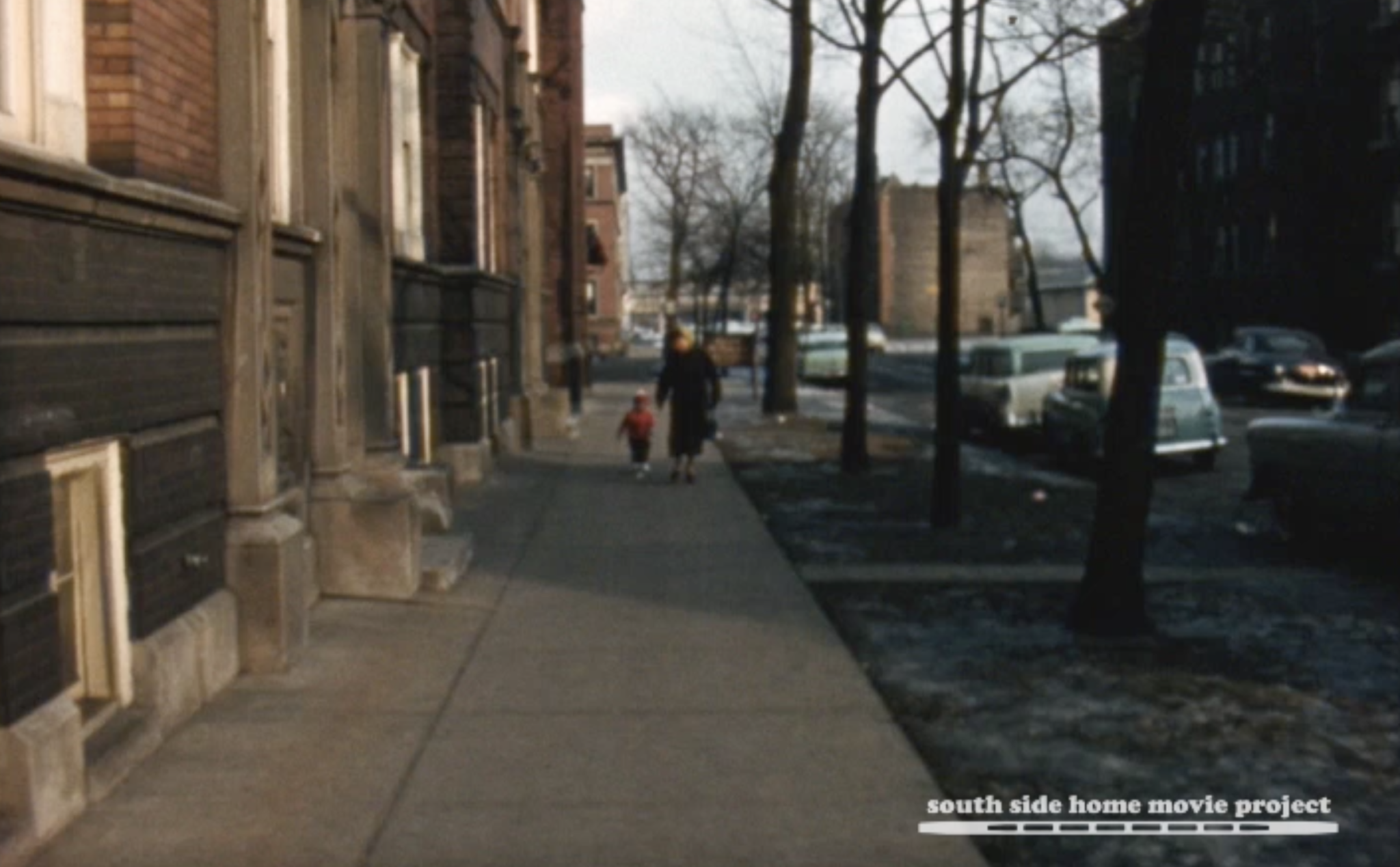
“[These films] are really in danger of disappearing if they’re not archived properly,” Stewart said in a video shown at a screening held April 4 at the UofC’s Center for the Study of Race, Politics, & Culture. “We’re building a digital archive so that people can look at our website eventually and pull up images of different parts of the South Side of Chicago. It’s important to know what existed in these spaces prior to now.”
Housed on the UofC campus, the Project is expanding its reach to include several South Side neighborhoods with public programming. “Although we do a lot with our University of Chicago partners, we also try to get off campus to the far South Side, Washington Park, Jackson Park, Woodlawn, because that’s where we think people really need to know that this incredible archive exists,” said Sabrina Craig, film and video projects manager.
The Project has always been interested in collecting film from all neighborhoods, but until recently has lacked the staff needed to actively engage with multiple communities, Stewart explained. Now, project manager and archivist Candace Ming is in charge of managing the digital infrastructure while Craig, who joined the Project last August, heads up outreach efforts. Craig is responsible for the recent uptick of community events, such as installations, hands-on workshops, and screenings, which Stewart said helps spread awareness, increase engagement, and encourage people to donate their own film.
Once film is donated, the Project’s team inspects, digitizes, collects an oral history, and catalogues each recording. Their machines can digitize Super 8 and 8-millimeter film, but cannot process films with wider gages or sound. Fortunately, the Museum of African American History and Culture in Washington D.C., a partner of the Project, creates digital transfers of films that Ming mails to them at no cost.
Their recent, current, and upcoming events provide a representative snapshot of the Project’s new outreach strategies and their growing engagement with the city. For their installations this month, the Project is collaborating with architect and artist Mejay Gula to project images of Chicago rivers, beaches, and waterways from the home movie collection through the windows of the McCormick Bridgehouse on Michigan Avenue every evening from May 12 to 26. A new exhibition, “Everyday Resistance,” opens on May 23 at the UofC’s Arts + Public Life, showcasing film footage “animating a domestic space and offering a visual record and aesthetic of Blackness from the 1940s through the 1980s,” according to its Facebook event page. On June 16, Ming is hosting a workshop for Affinity Community Services’ Black Lesbian Archives Project in Bronzeville to show attendees how to create their own film archive.
In March, the Project installed a television at the South Shore Branch Library that played an hour’s worth of home videos depicting moments from women’s lives in honor of Women’s History Month. The videos played on loop for two weeks. In them, families celebrated Easter with a backyard barbecue, played on a swing set at a picnic for Howard University alumni at Waterfall Glen Forest Preserve, rode bikes in Jackson Park, and waded into Lake Michigan wearing swimsuits. Some footage felt momentous, like one family’s visit to the monuments in Washington, D.C. Other footage—of men standing around outside, fumbling with cigarette lighters—offered few scenes of note but captivated with time-transcending ordinariness.
“I’m convinced that when you see history in motion, it speaks to people in a way that’s more compelling than images,” Stewart said. “We’re trying to have these films out in the community in as many ways as we can.”
At hands-on workshops, which the Project began hosting in 2015, Ming shows footage from the collection and walks through the process of preserving these materials for residents who brought in any of their home movies or family records. South Side Home Movie Project organizers also host simultaneous screenings and discussions at various venues where film donors can play their home movies and narrate to an audience.
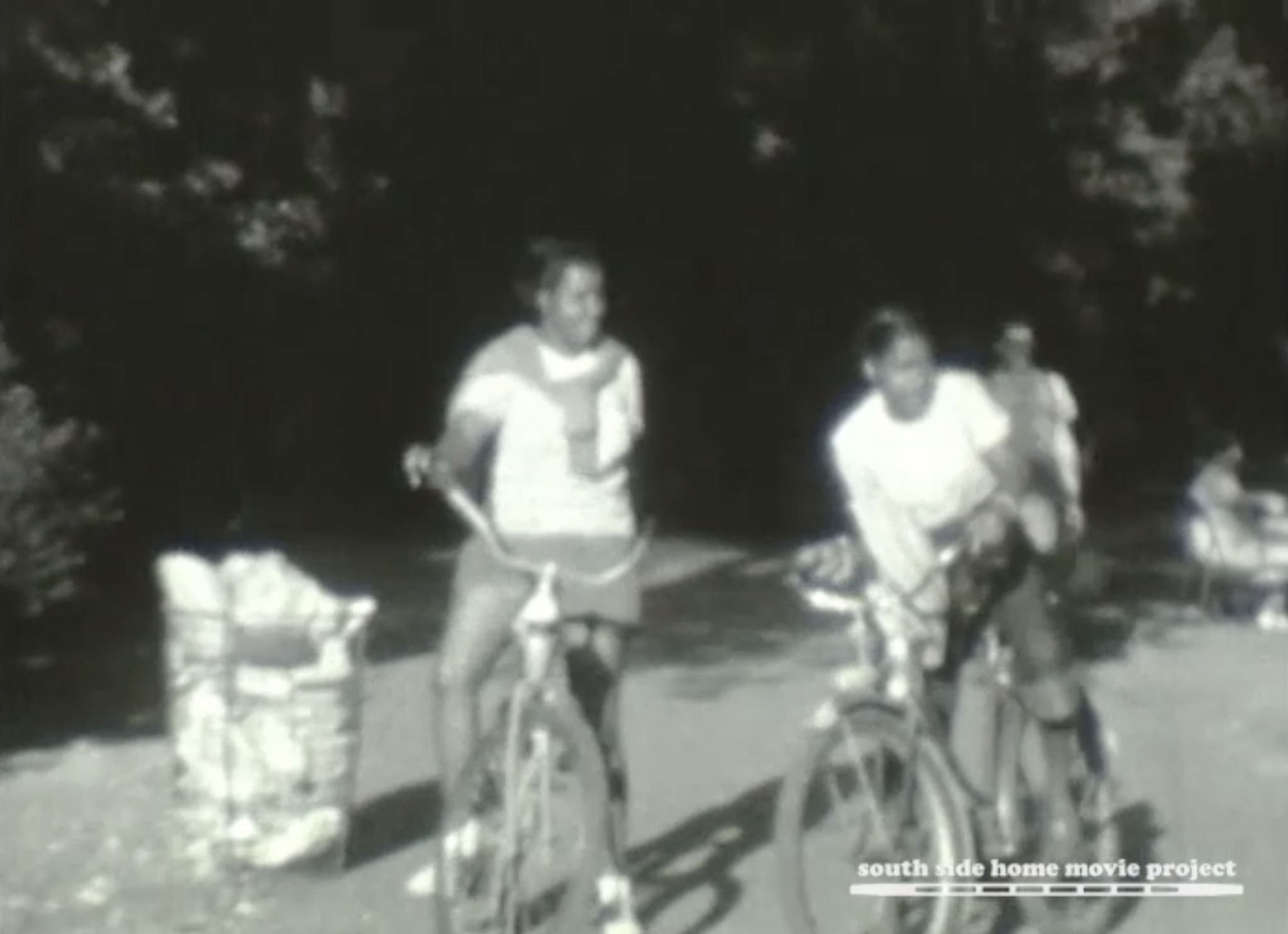
“When people shot home movies, they didn’t plan for them to be shown at the UofC in a theatre,” Craig said at the April 4 event. “They played them in their living rooms with their friends and talked about them. Maybe you don’t even realize the value of what you have in your own attic. But maybe there’s a researcher at the University of Chicago who’s studying a related topic, or maybe there’s an artist or filmmaker who’s looking for that documentation for their creative project.”
Still, the South Side Home Movie Project organizers are careful to emphasize that the purpose of their work begins and ends with preserving the family records of South Side families.
“I feel strongly that this is not a project about taking stuff from community members,” Stewart said. “It’s a two-way relationship. They’re entrusting us with these heirlooms, and we are taking great care to protect them.”
Support community journalism by donating to South Side Weekly
When newly-appointed Chicago Police Board president and developer Ghian Foreman met Stewart in a bookstore where archived footage was being shown, he was immediately compelled to search for his own family’s videos. “She said, ‘go look,’” he recalled.
He returned from his great-aunt Jean Patton’s house with nearly one hundred reels of film. “There were even tapes from my great-grandfather’s trip to Africa in the 1920s,” he said. “I just became a zealot asking all these older people in the family, ‘Give me all your film.’”
Watching home movies is a generally lighthearted experience; over the holidays, the Project hosted a pop-up at The Silver Room in Hyde Park where they played South Side families’ home videos of Christmas festivities on a loop in the storefront’s window.
While also art pieces, home movies from the South Side during the twentieth century are always historical documents, and can play a role in understanding racial, cultural, and socioeconomic divides that have persisted for centuries. The Project collects film from South Siders of all ethnic backgrounds, with an emphasis on stories less commonly told. For example, one of the home movies in the Patton family collection shows footage of the aftermath of riots on the city’s West Side in the wake of Martin Luther King Jr.’s assassination in 1968, a scene heavily photographed but not as widely filmed. In one of the pans, a Black woman walks down Madison Avenue with conviction under the stream of a fire hose, in a striking juxtaposition of chaos and routineness.
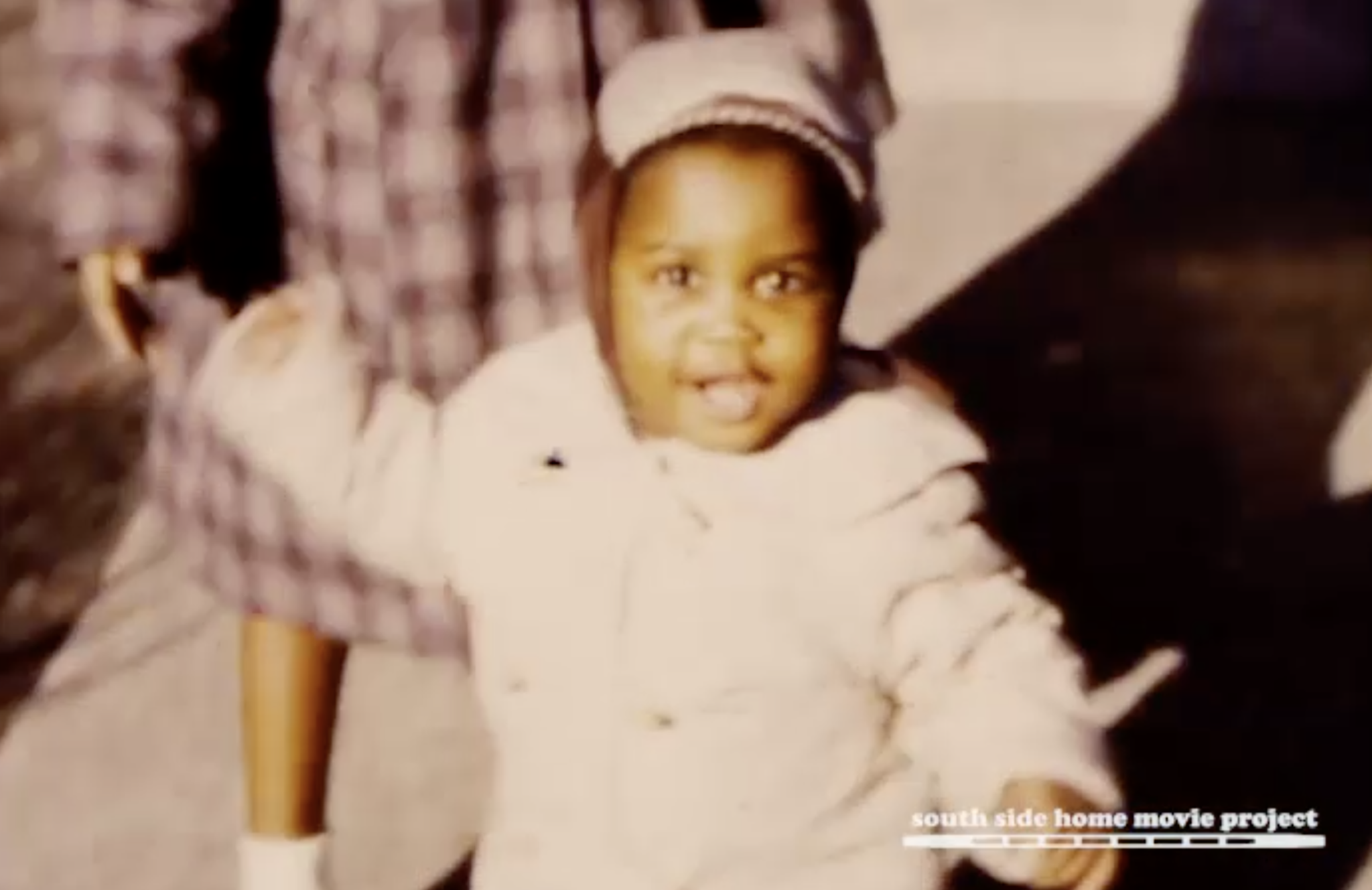
“We are more targeting the African American community because it’s a marginalized community where historically the material hasn’t been collected,” Ming said at the April 4 event. “But we and Dr. Stewart are also interested in cross-community engagement and what happens when you pair a white family who has family videos from the 1950s and an African American family and watch their home videos and see what it brings up and what kind of scholarly revelations can come out of that.”
Since typically only middle to upper class families could afford to own and operate a film camera prior to the introduction of videotape, Project organizers are aware of the possible lack of representation within their collection, but see value in the conversations the films can start among viewers. Craig said that at the South Shore Library, a patron approached her to share how his own childhood on the South Side varied from what he saw onscreen. “He said, ‘I grew up there but that wasn’t like my life at all. We never had picnics at the beach.’ You get insight into some people’s experience, which gives you insight into other people’s experiences that are maybe not going to be represented in the South Side Home Movie collection.”
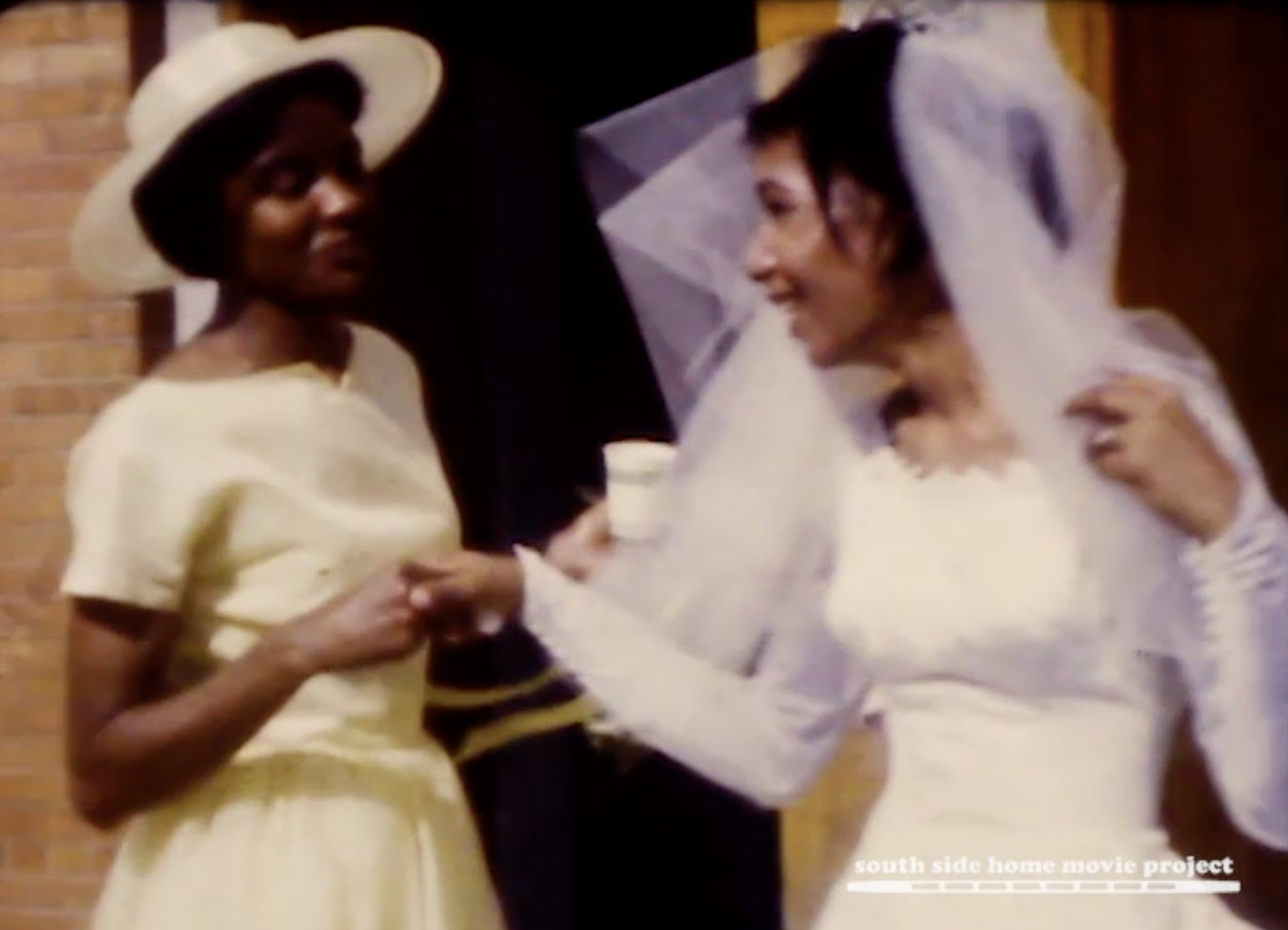
But more often than not, Stewart said, people can find commonalities in the films they watch, and may be moved by what they see. After the digital archive went live on May 1, Stewart received an email from journalist Dawn Turner, currently a resident fellow at the UofC Institute of Politics. “She said the collection brought her to tears when she saw the Bronzeville neighborhood where she grew up,” Steward said. “That email really stuck with me. She felt it connected her to her family and her neighborhood history that doesn’t always get the respectful treatment it should when people reflect on it today.”
For Foreman, sharing his family’s film archives with the Project has been rewarding. “The beautiful part was to be able to have this documented when [my aunt] could see it and tell the stories from her perspective and see the joy it brings her,” he said.
As the project continues to grow in reach and its collection in size, Stewart is considering a number of methods to prioritize inclusion. “One of the things I’m thinking about is expanding the project to include videotape,” Stewart said. “[That] film was cheaper and it opens up a broader range of family demographics.” Other considerations include partnering with local organizations to help uncover rich materials from more neighborhoods, she said.
For now, the Project’s message remains the same: Stay curious. “If you, your family, or someone you know has this old box of film reels just rotting in their basement or attic, you’ve got to go dig those out,” Craig said. “That’s buried treasure.”
Bridget Gamble is a communications specialist and contributor to the Weekly. Her last Weekly piece was a review of an eco-centric art installation at the Hyde Park Art Center.

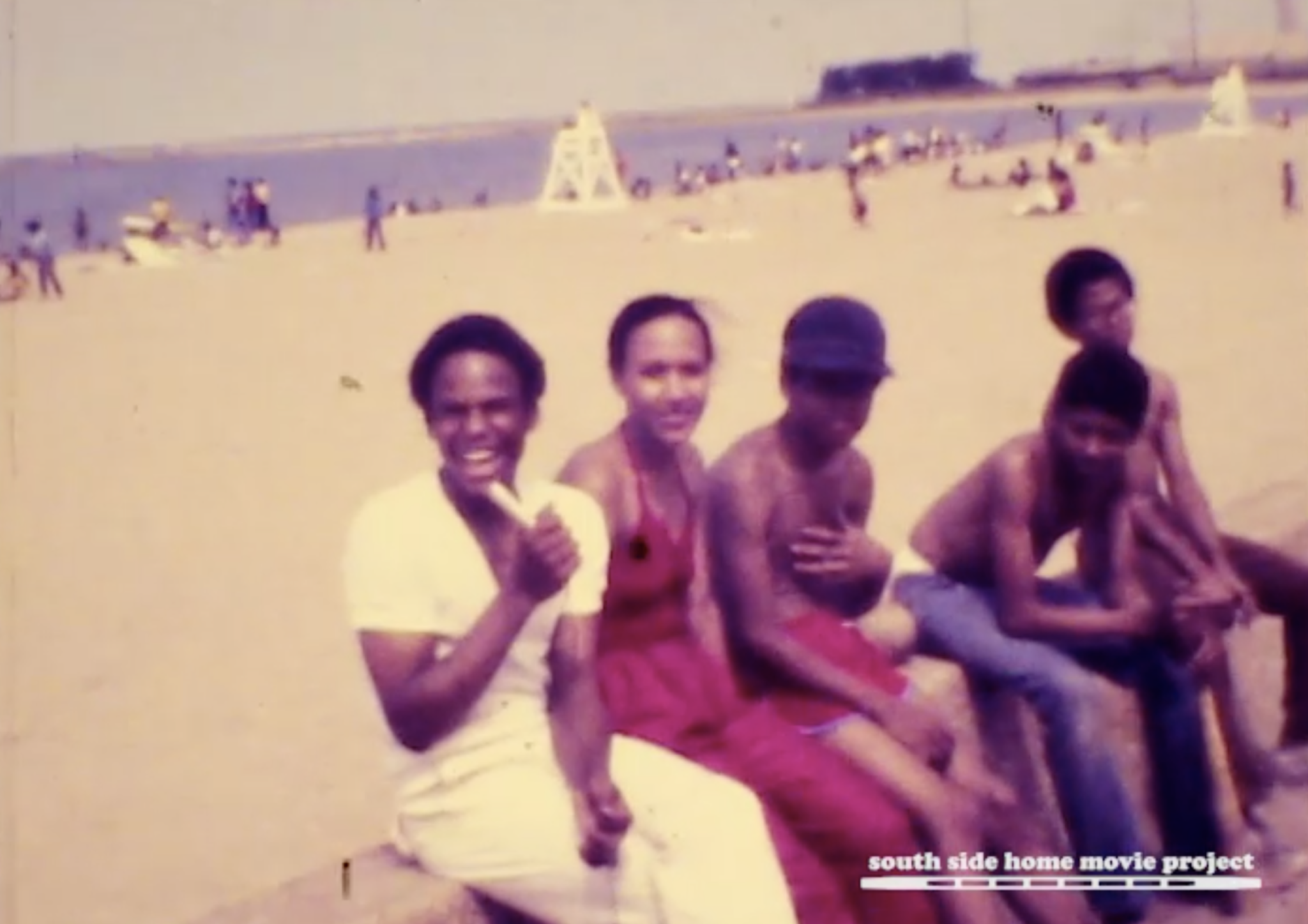
I happened upon this and wanted to say that this is an awesome project. I’m from Harvey, IL and got my father’s reels converted back in 2000 when I moved to Maryland. Way to preserve history.